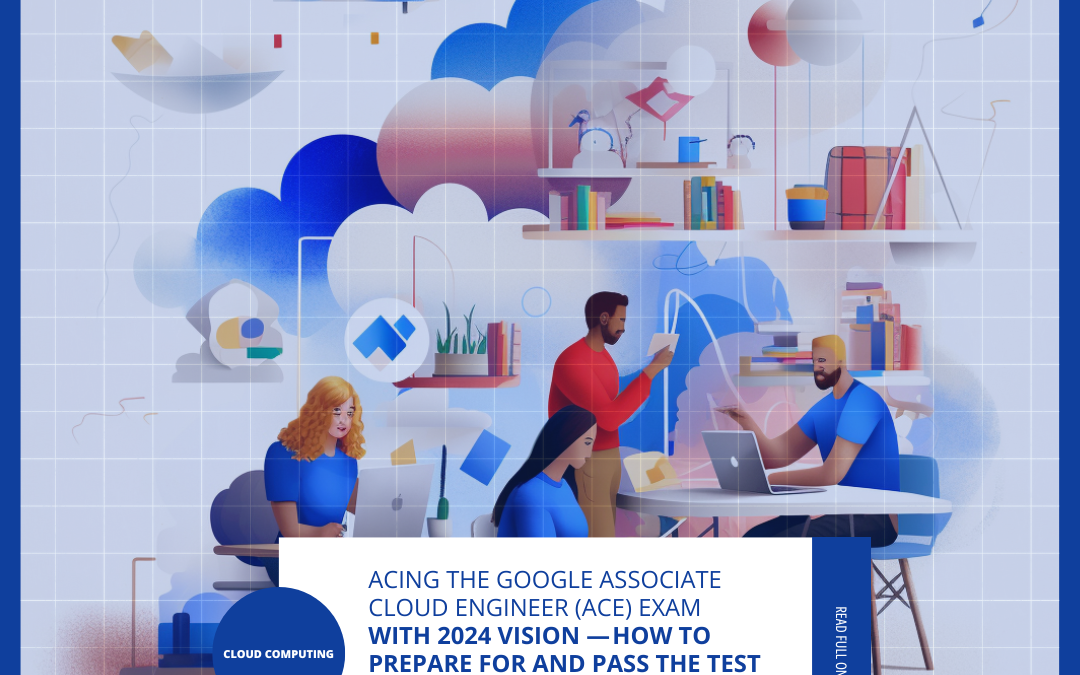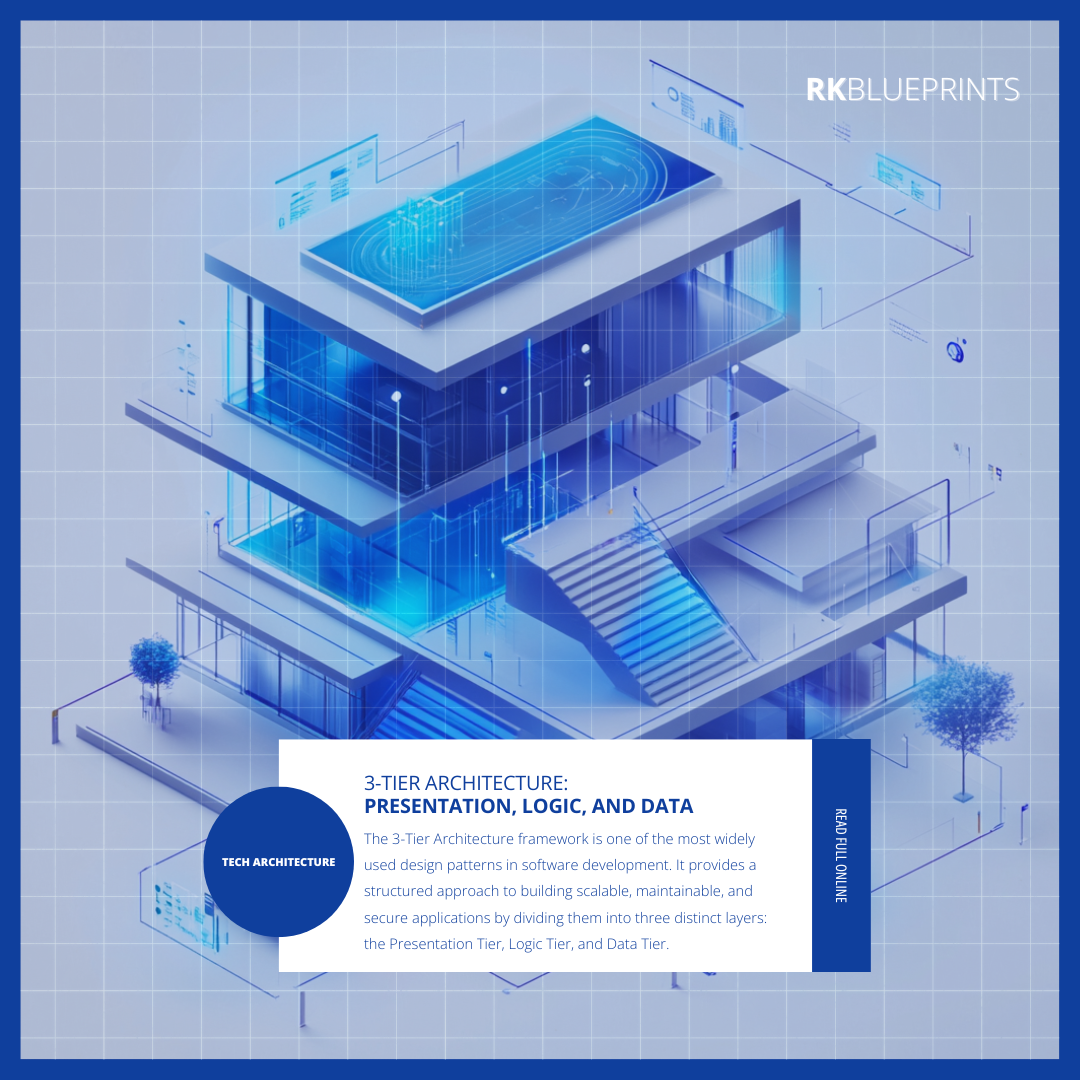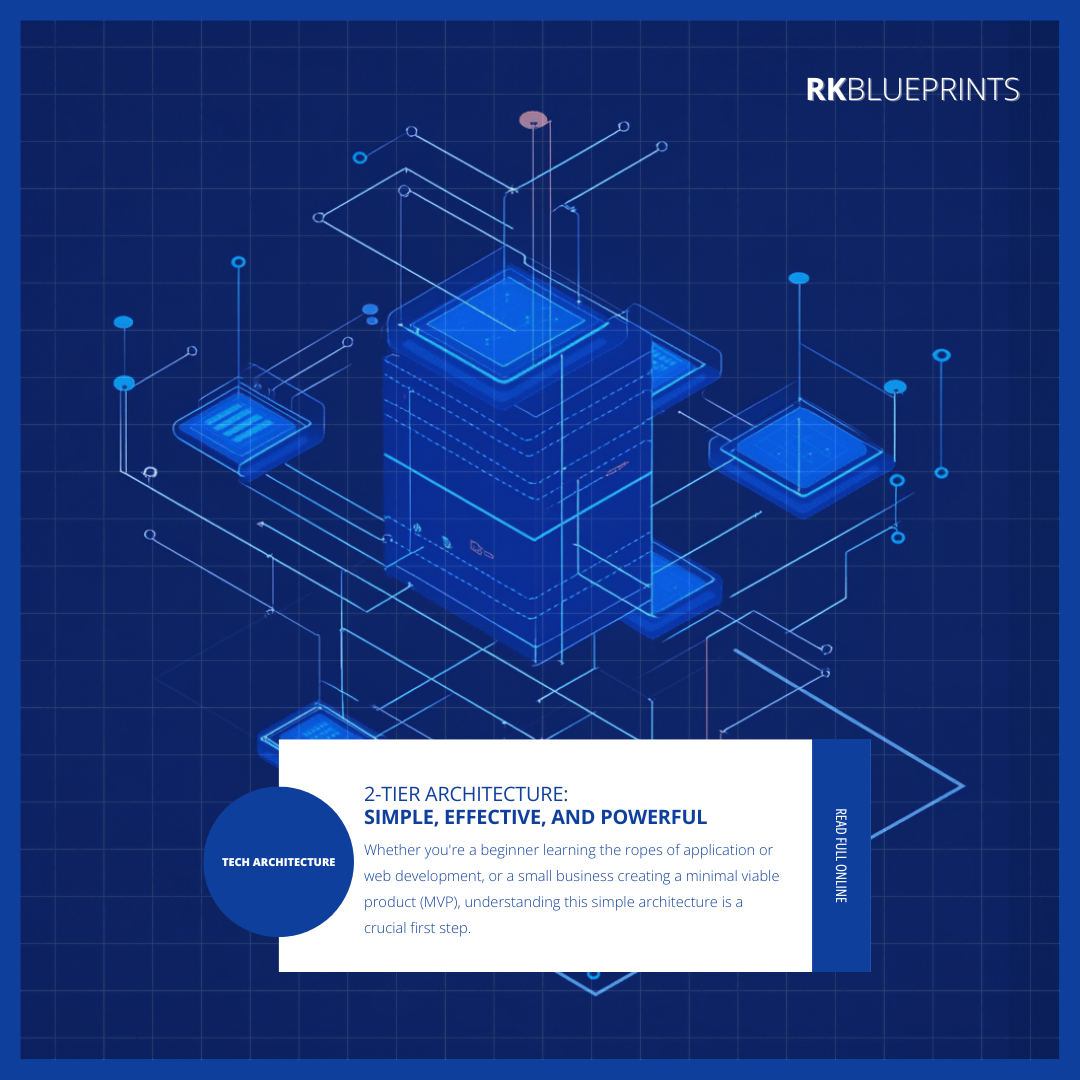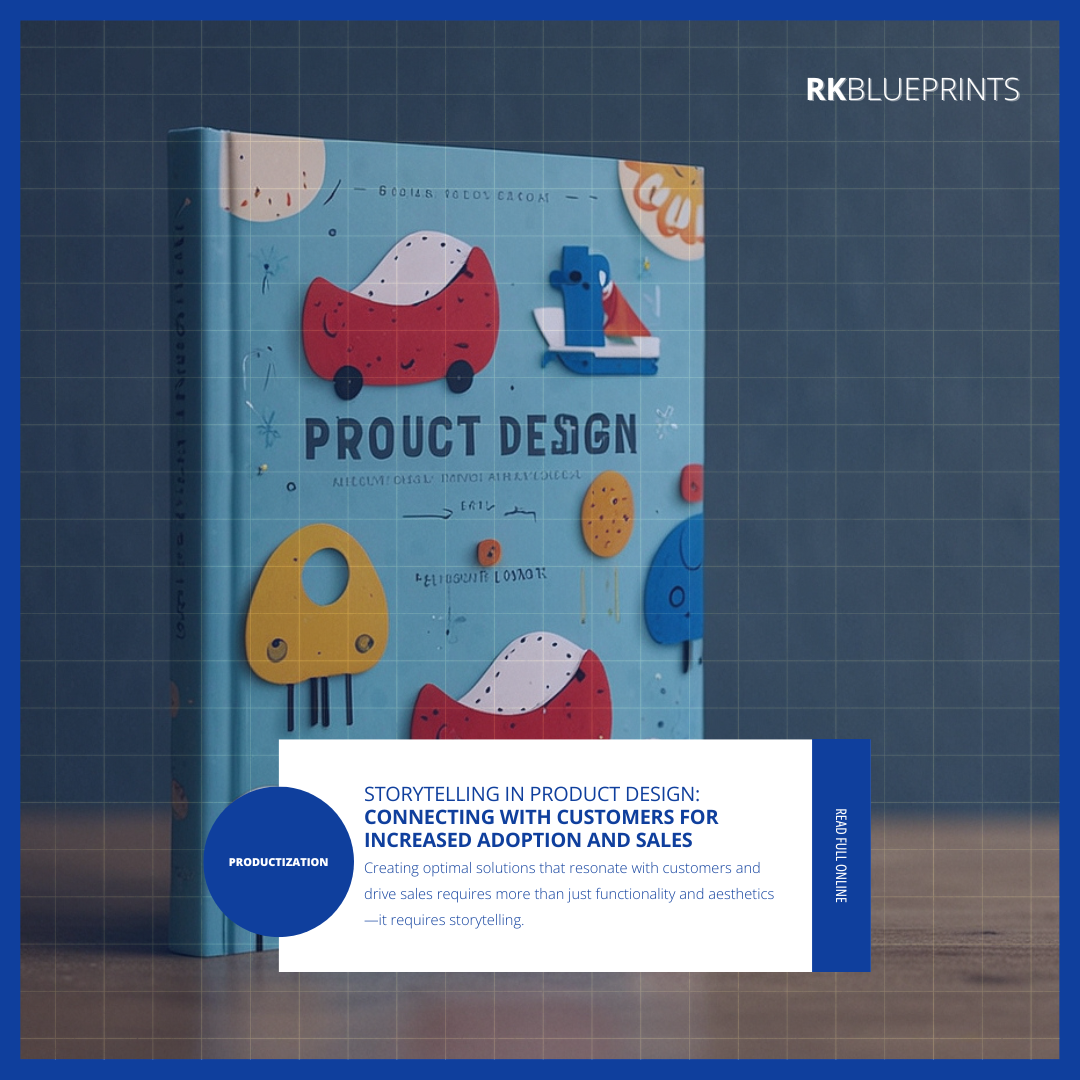On the path to becoming a professional cloud architect this new year? Consider becoming a certified Google Associate Cloud Engineer (ACE) along the way. Embarking on the journey to becoming an ACE requires not only technical expertise but also a strategic approach to navigate the ACE exam successfully. Having recently passed the exam myself (last Thursday 01/04/24 around 11a ET at Alliance Computing Solutions in NYC at 545 8th Ave 12th Floor, New York, NY 10018 to be exact), I understand the importance of sharing insights to help fellow aspirants. The exam, while not excessively challenging, demands a nuanced understanding of cloud engineering concepts and effective exam-taking strategies. In this guide, I’ll provide you with valuable tips and real-world examples drawn from my own experience to guide you on your path to ACE certification.
Imagine your ACE exam preparation as a high-stakes game show. To succeed, you need the perfect blend of knowledge, strategy, and a bit of luck. That’s where practice tests come in — they’re your rehearsal for the grand performance. Platforms like ExamTopics and CertyIQ are your virtual game show stages, and Google Cloud Skillsboost is like your cheat code to unlock bonus rounds. Treat each quiz as a challenge to beat your own high score, and soon you’ll be the reigning champion of cloud knowledge.
But wait, there’s more — Building a study group community is like forming your own alliance in a reality show. Share tips, tricks, and hilarious cloud-related memes (Discord and WhatsApp are both great). It’s not just about learning; it’s about having a support system that understands your cloud struggles. Picture it like a bunch of digital superheroes coming together to defeat the cloud villains. You’re not alone in this adventure; you’ve got your cloud squad.
So, in the world of ACE preparation, practice tests are your secret weapon, and study groups are your trusty sidekicks. Combine them, and you’ve got a winning strategy that even the toughest cloud challenges can’t resist. Get ready to rock the cloud stage!
Effective Study Techniques:
Studying for the ACE exam goes beyond memorization. For instance, instead of rote learning CLI commands, understand their practical applications. This approach ensures a deeper comprehension of the tools at your disposal. Think of studying for the ACE exam like preparing for a cooking show. It’s not just about memorizing recipes (commands), it’s about understanding the flavor profiles (practical applications) of each ingredient (command).
Instead of memorizing commands, understand how they function in different scenarios. For instance, know not just the gcloud command but also how to use it for specific tasks like creating virtual machines or managing networking.
- Emphasize a thorough understanding of concepts rather than memorization.
- Practice with a variety of resources to expose yourself to different question styles.
Navigating Exam Questions:
The exam questions might differ from practice tests, emphasizing the importance of understanding underlying concepts. Utilize the process of elimination when faced with challenging questions. It’s more like a treasure map drawn by a pirate so get ready to channel your inner detective and use the process of elimination.
In a scenario question, if you’re unsure of the answer, eliminate obviously incorrect options.
- Note that the actual exam questions may differ from practice tests, so grasp the underlying concepts.
- Utilize the process of elimination to narrow down options, especially when faced with challenging questions.
Time Management:
Efficient time allocation during the exam is crucial. If a question seems time-consuming, mark it for review and move on to prevent spending too much time on a single question.
Ever seen a ninja warrior gracefully move through a crazy obstacle course? That’s you during the ACE exam. Time is your ninja weapon — swift, precise, and crucial. Mark questions for review like you’re leaving behind ninja smoke bombs; you’ll come back to them stealthily, without losing your cool. For example, if you encounter a complex IAM scenario involving permissions for multiple users after a company merger, mark it and revisit it later.
- Allocate time wisely during the exam, and don’t spend too much time on a single question.
- Mark questions for review and revisit them in the latter part of the exam after answering what you confidently know.
Key Exam Topics:
Certain key topics about Google’s products and services consistently appear in the exam.
-
Google Kubernetes Engine (GKE): Be prepared for questions related to deploying Docker images, working with YAML files, and using
kubectl. Practice deploying a Docker image to GKE usingkubectlcommands. Understand how changes in YAML configurations impact deployments. -
Deployment Types: Understand various deployment types and scenarios, as they are likely to be assessed in the exam. Differentiate between deployment types like rolling updates and blue-green deployments and know when to apply each based on specific requirements.
-
Command-Line Interface (CLI): Familiarize yourself with essential commands such as
gcloudfor managing cloud resources andgsutilfor cloud storage. -
Identity and Access Management (IAM): Be ready to tackle scenarios involving permissioning, especially in situations like company acquisitions or security audits.
Focus Areas for Review:
IAM permissioning is like being the bouncer at the cloud club. Some users get VIP access, and others are stuck waiting in line. Picture yourself in shades, deciding who gets the golden ticket to access the cloud party. Review sessions are your VIP backstage pass — use them wisely.
Review specific scenarios, such as troubleshooting GKE deployments or managing permissions post-merger in IAM.
- GKE Scenarios: Review scenarios involving GKE, particularly those related to containerized applications and Kubernetes deployments.
- CLI Commands: Brush up on common CLI commands and their applications in managing cloud resources and storage. Practical examples, like using
gsutilto upload/download files or managing cloud resources withgcloud, will enhance your readiness for the exam. - IAM Permissioning: Understand how to handle permission-related scenarios, such as mergers, acquisitions, and granting access to auditors or security teams.
Real-world Application:
The exam doesn’t just test theoretical knowledge but assesses your ability to apply concepts to real-world scenarios. Consider scenarios where a company undergoes a digital transformation, and you’re asked to recommend serverless solutions (Cloud Run) or globally distributed databases (Cloud Spanner) based on specific workload requirements.
In the real world, cloud transformations are like turning a clunky, old car into a sleek, futuristic spaceship. You’re the mechanic making the upgrades. Picture scenarios where companies are swapping out rusty on-prem setups for cloud solutions. You’re the cool mechanic with shades on, making it all happen.
- Expect questions that simulate real-world scenarios, such as digital transformations and comparing on-premises setups with cloud solutions based on specific preferences.
Success in the ACE exam is not just about passing a test; it’s about acquiring the skills needed for a rewarding career in cloud engineering. By adopting effective study techniques, navigating exam questions strategically, managing time efficiently, building a study group community (if possible), and focusing on key exam topics, you’ll be well-prepared to ace the exam.
It’s your own Marvel movie, and you’re the superhero. You’re not memorizing commands; you’re mastering your cloud superpowers. So, suit up, grab your cloud cape, and stride confidently into the ACE exam arena. Remember, this certification is a stepping stone to a world of opportunities in the ever-evolving field of cloud computing. Best of luck on your path to becoming a Google Associate Cloud Engineer, cloud warrior! May your commands be swift, your scenarios be epic, and your cloud journey be legendary.
To learn more about becoming an ACE and to register for the exam here.
ACE’ed the exam? Now check out this article on what goes into the top 5 business factors when navigating “Build vs. Buy” decisions to ensure a lean tech stack for any team leveraging the cloud.







Recent Comments